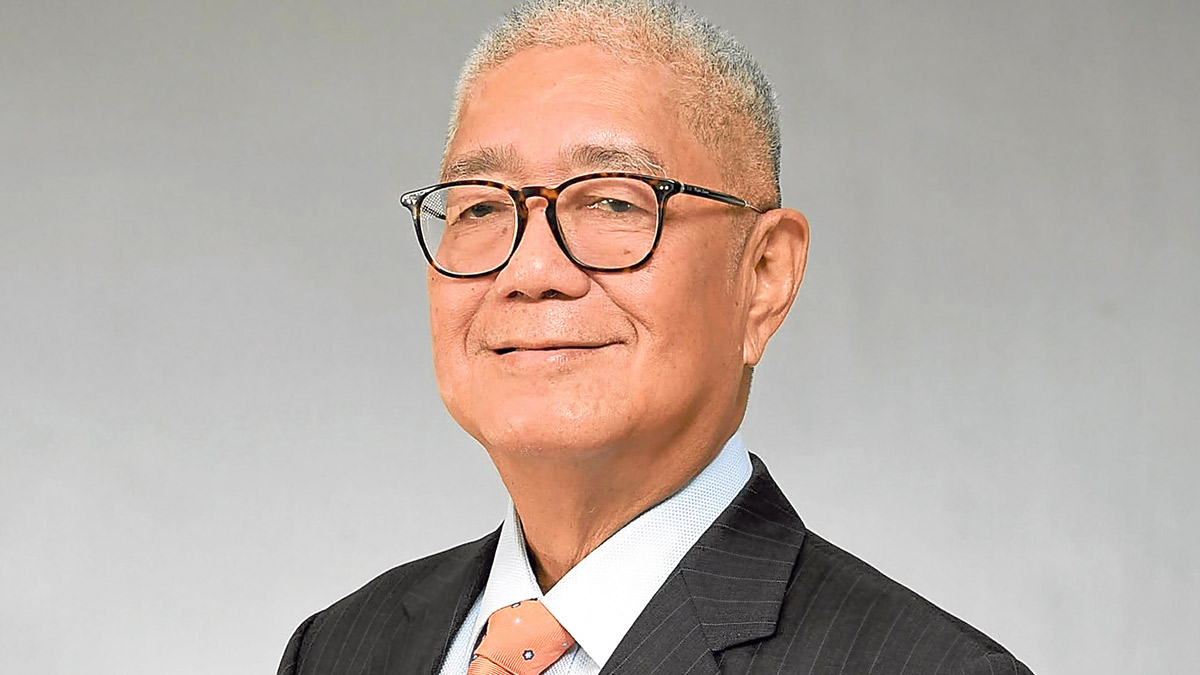
‘FORCEFUL’ BSP INTERVENTION STOPS PESO FALL
A “forceful” intervention by the Bangko Sentral ng Pilipinas (BSP) prevented the peso from hitting a new 20-month low on Thursday, demonstrating the central bank’s readiness to defend the local currency from speculative attacks.
The peso closed at 58.75 against the greenback, much stronger than its previous day finish of 58.86.
On Thursday, the local unit’s worst showing stood at 58.92—a few centavos away from the record-low 59 it hit in late 2022—after Governor Eli Remolona Jr. struck a tone that is “somewhat more dovish than before.”
READ: Peso moves ever closer to record low
At a press conference, Remolona said the BSP intervened in the foreign exchange market yesterday to prop up the peso that had fallen by over 5 percent so far this year.
“We’ve been watching the peso, we don’t want it to depreciate too sharply. We occasionally intervene. I think today we did intervene,” the BSP chief said.
“We’ve been active when we sense stress in the market. The market becomes dysfunctional, in other words there is only one side, either selling or buying, then we come in on the other side. But mostly we come in to slow down the tendency of the peso to depreciate sharply. We don’t come in every day,” he added.
Robert Dan Roces, chief economist at Security Bank, said a “forceful” intervention by the BSP likely happened yesterday.
“With the broader dollar rising overnight, we did expect a test of the 58.80-58.90 resistance zone [yesterday], as all eyes were set on the BSP rate decision in the afternoon,” Roces said.
“The BSP, with ample reserves, is ready to defend the peso from wild fluctuations to ensure its stability,” he added.
While many economists had attributed the bearish sentiment on the peso to hawkish signals from the US Federal Reserve—which is expected to delay its rate cuts amid persistently high inflation stateside—some observers also said the volatility can also be due to dovish remarks from some BSP officials recently.
Remolona even floated the possibility of the BSP cutting ahead of the US Federal Reserve, as inflation is expected to ease in the next months following the government’s decision to further cut tariffs on rice.
READ: Marcos formalizes rice tariff cut via EO 62
But there are also some market watchers who pointed out that the BSP cannot ease ahead of the Fed. This is because the peso may come under pressure if local yields become less attractive to foreign investments seeking high returns while interest rates are still high elsewhere, especially in the United States which is considered a safe haven by investors.
A sharp currency slump could risk fanning inflation by making imports more expensive. It can also bloat the peso value of foreign debts held by the government and Philippine companies.
But Remolona is unfazed, arguing that the pass-through effect of a weak peso on inflation “is not very large.”
“We think the pass-through, which is what we call the effect of depreciation on inflation, is estimated at 0.36 percent per 1 percent depreciation on peso,” the BSP chief said. “So it’s not that much.” —Ian Nicolas P. Cigaral
2024-06-27T18:35:40Z dg43tfdfdgfd